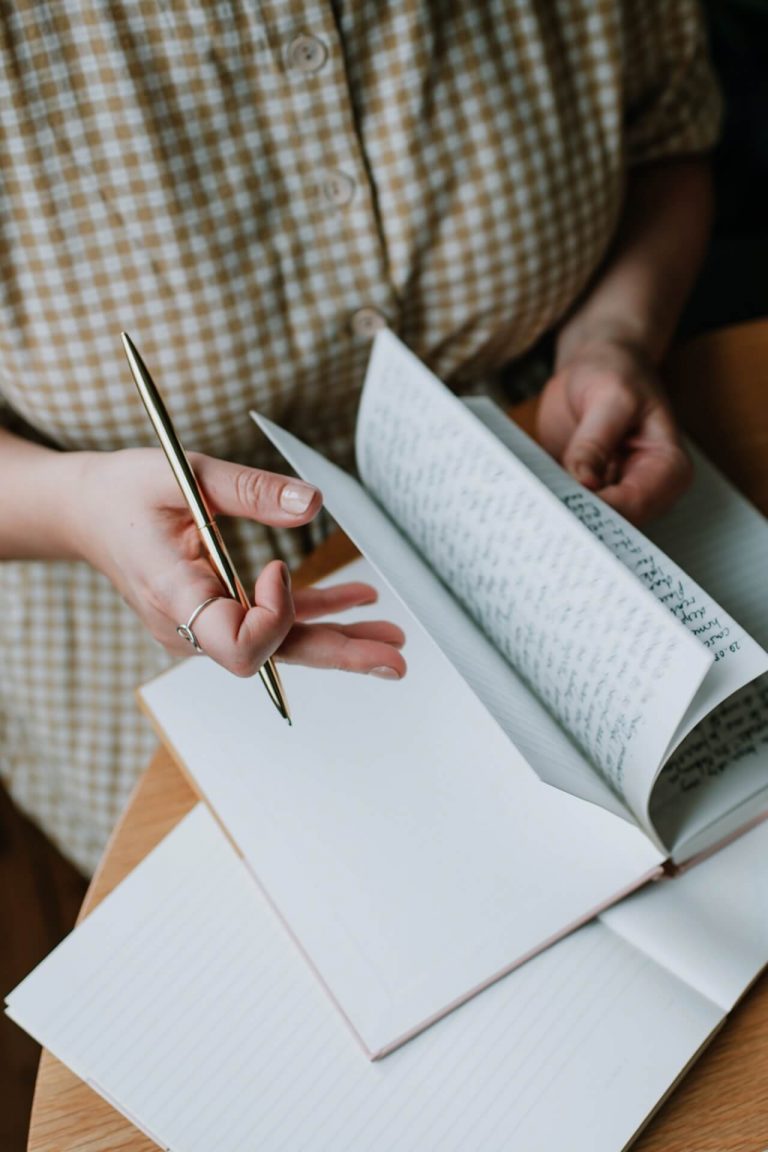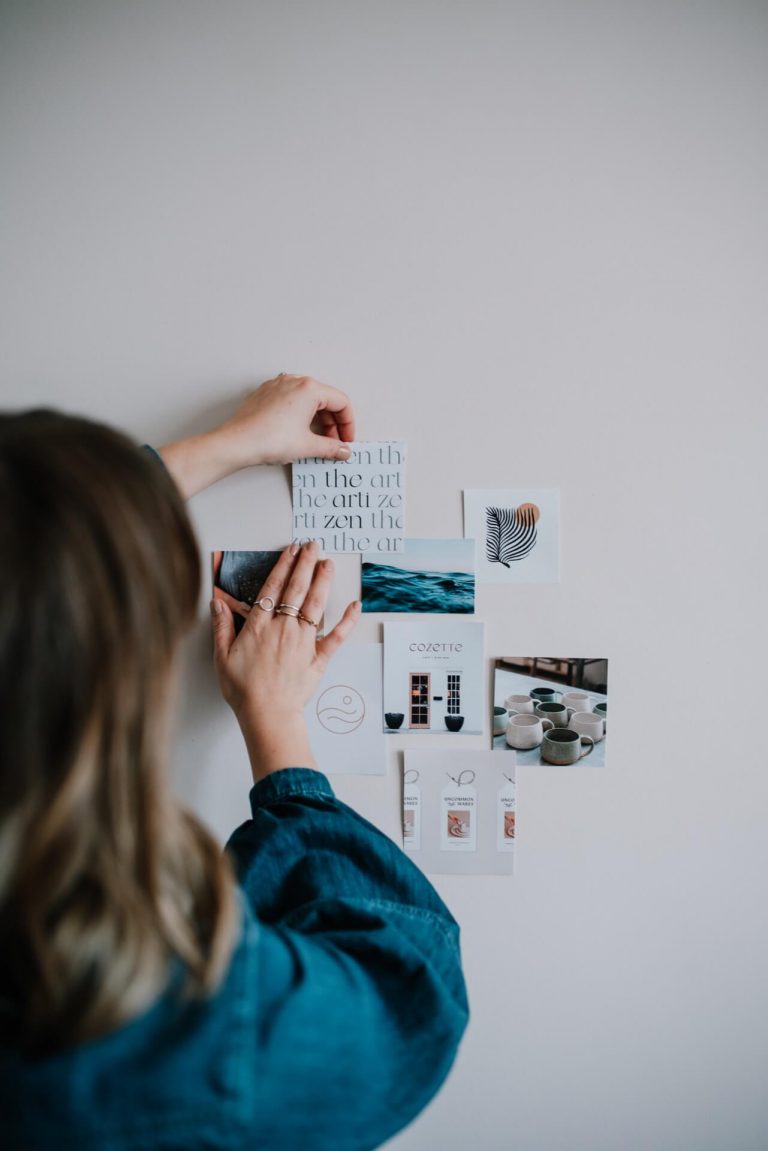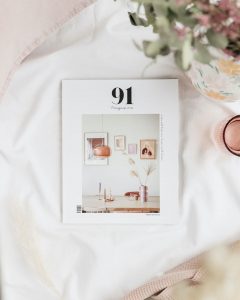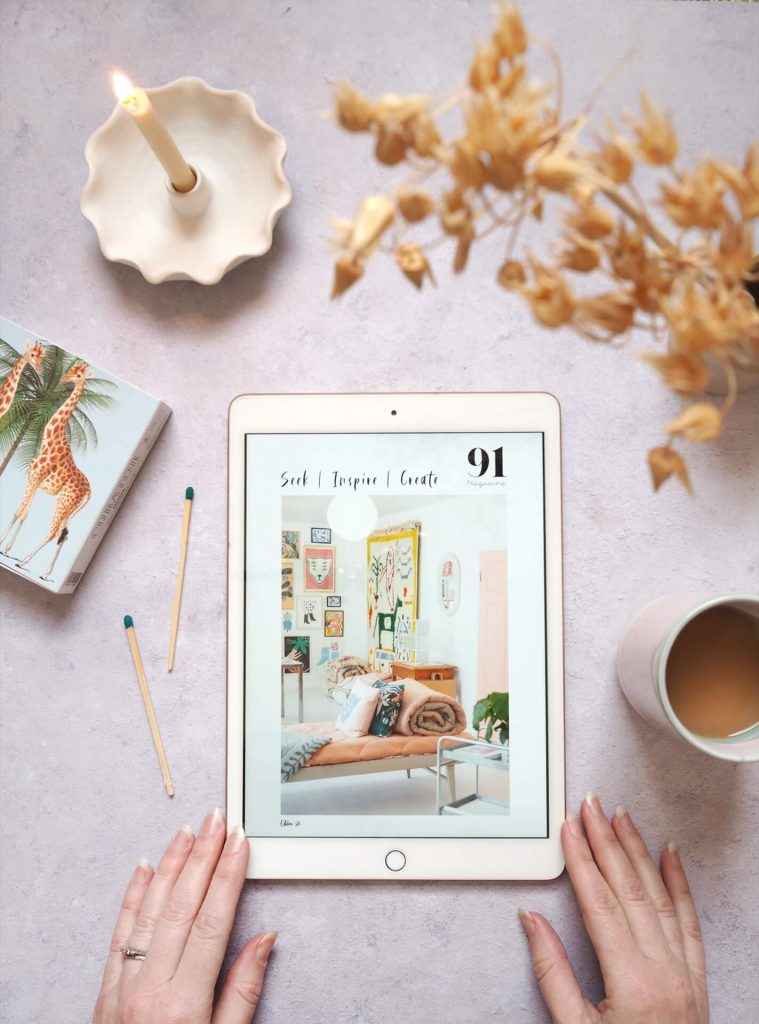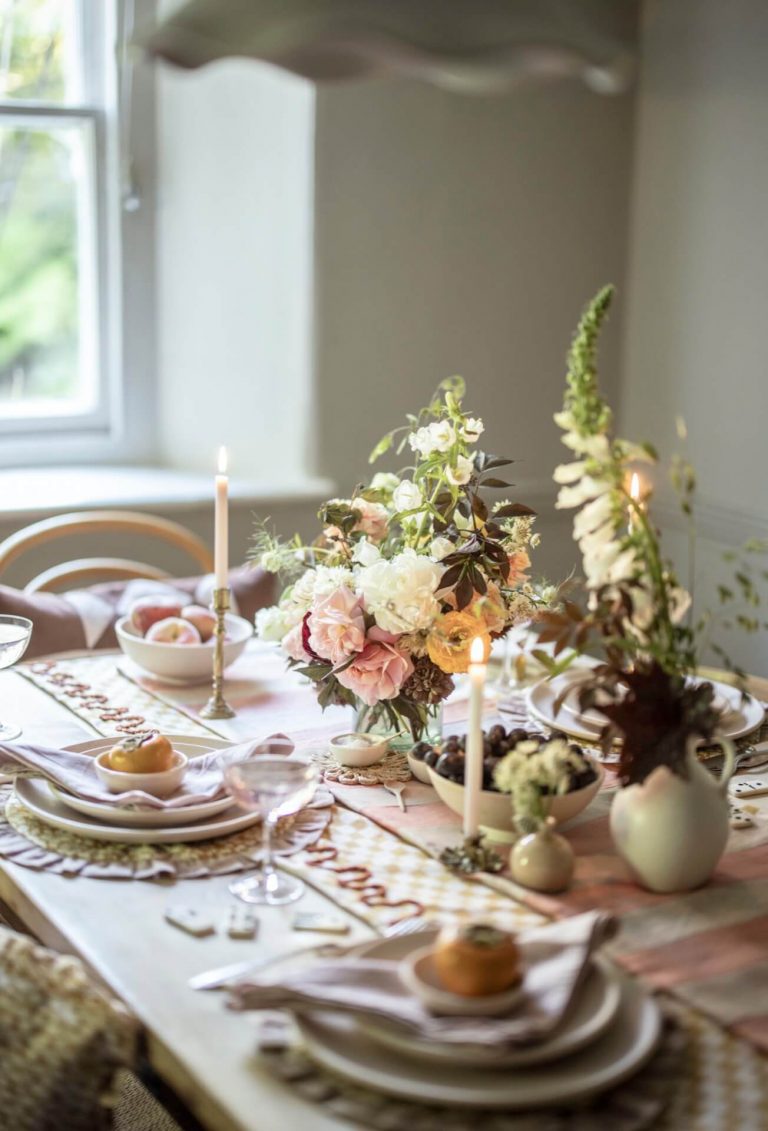When you’re short on time, do you dismiss creativity as frivolous? Have you considered that freeing yourself up for side projects or your hobbies might increase your capacity? Would you like to make inspiration-seeking a part of the everyday? Read on if you’re curious about carving out more space for creativity.
Sometimes, life and work can feel relentless, especially when we’re submerged in less glamorous tasks. I used to find myself swamped with deadlines and meetings and navigating a relentless schedule, which took a toll on my mood, not to mention my creative energy. The pressure was immense, and I became resentful of my business and family life.
When things took a challenging turn, it became impossible to carry on, and I knew it was a chance to change my habits. I had been fuelled by so little yet forced myself to keep the candle burning. Tired from my heightened expectations and perfectionist tendencies, I was on the precarious path towards creative, emotional and physical burnout.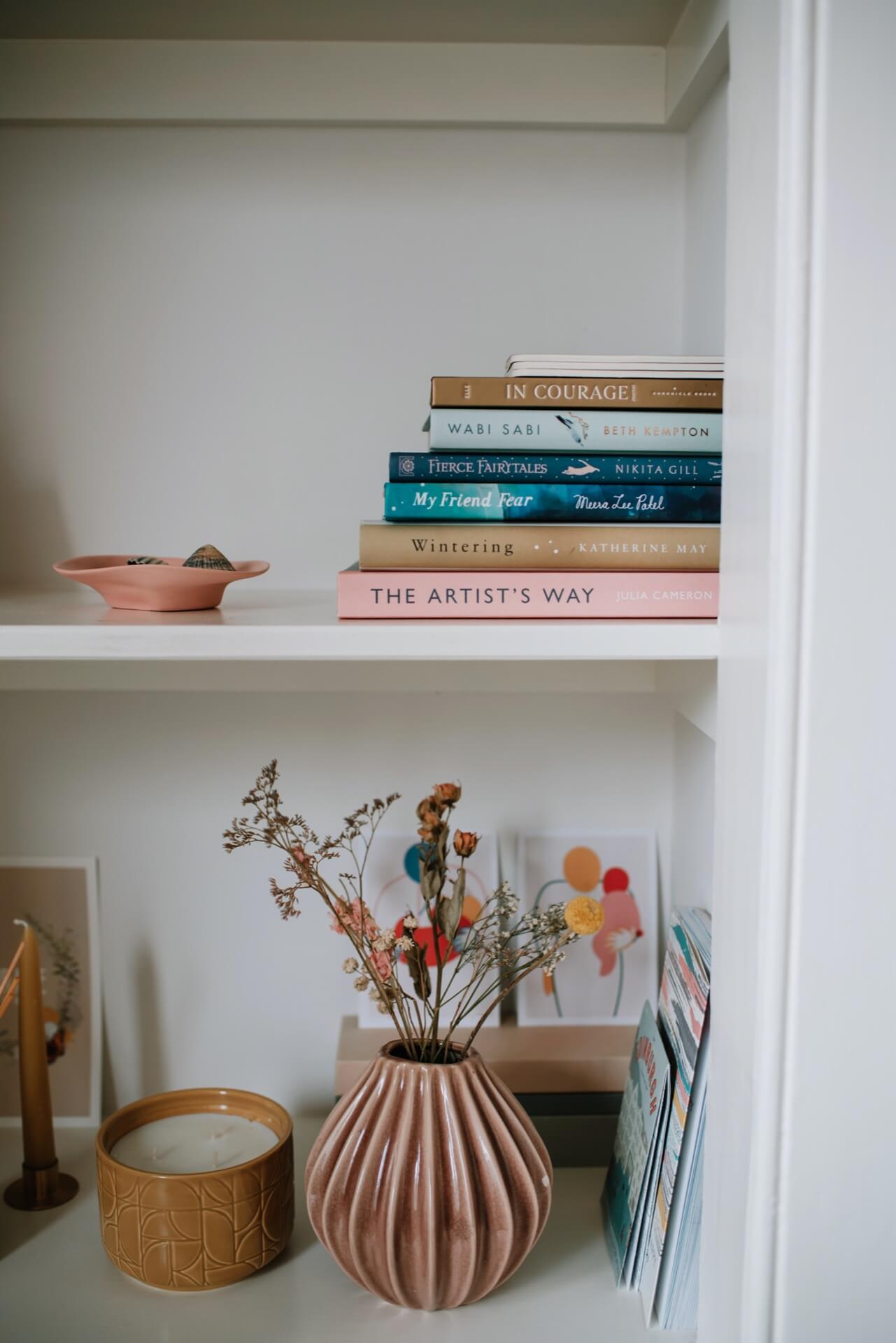
It was time to rediscover the enjoyment in my life and work, both of which had been overshadowed by a frenzied routine. While I made some radical changes, the small shifts and untried rituals were most significant in helping me bring more vitality into my days. I started saying a full embodied ‘yes’ to things that sustained me and held my capacity by saying no to things that stifled me. This led to finding more harmony between my artistic and business tasks and far more enrichment and fulfilment. Because I was topping up my cup, my energy seemed to flow better, and I began to find rhythm in my routine.
I believe this is because maintaining creativity isn’t just about producing something; it’s about nurturing a mindset that’s open to ideation and inspiration. You might not have the bandwidth for elaborate projects, but that doesn’t mean your spark has to be snuffed.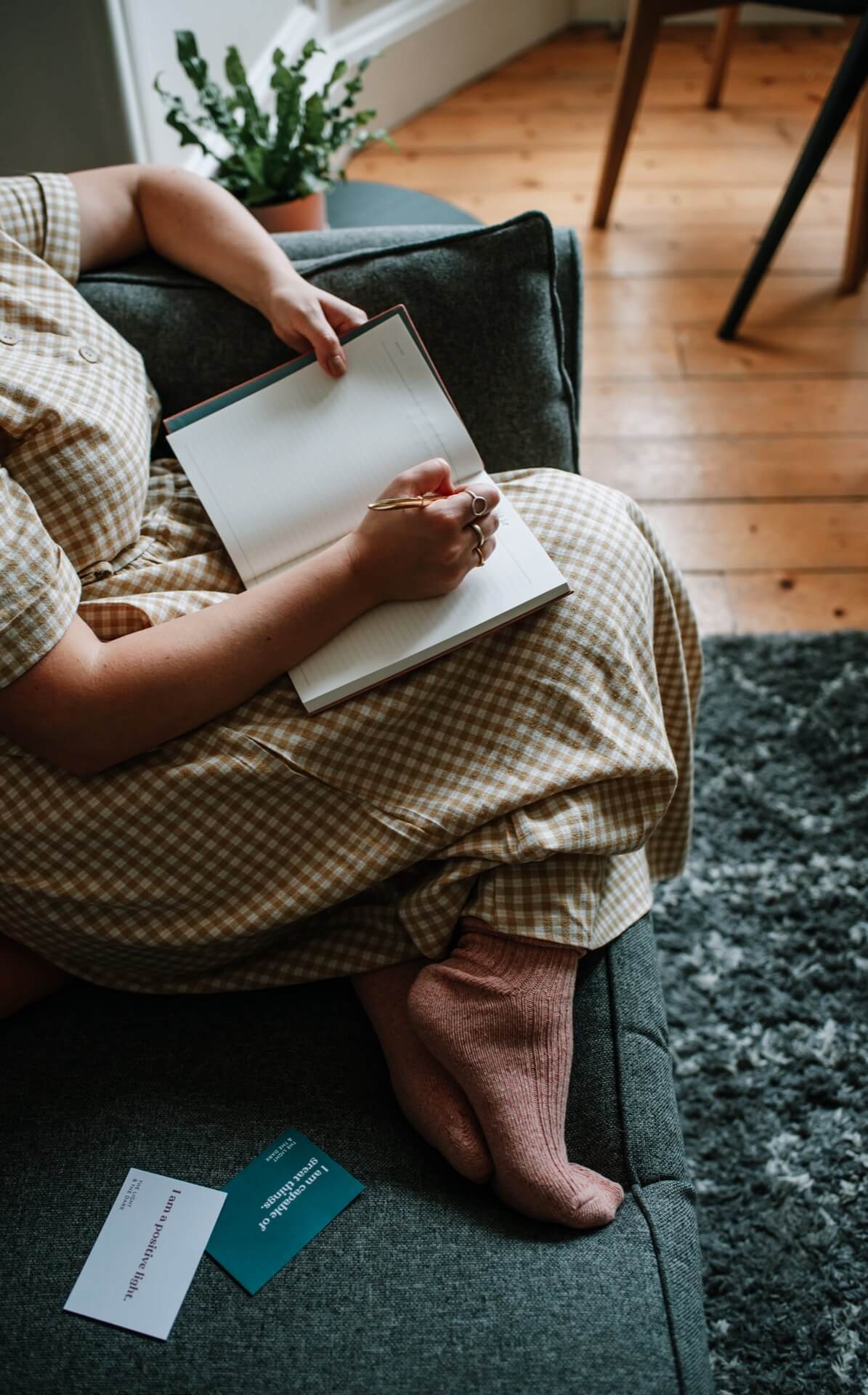
Here are five strategies to help you:
1. Start an idea repository: A habit of mine is to capture my inklings in a notebook or digital notes app. Ideally, you’ll have an accessible place to hold ideas, ensuring they can be revisited when time permits or something calls for exploration. This makes coming up with topics for blog articles, email campaigns or podcast episodes much easier because you have a treasure trove of nearby inspiration. My Instagram account and Substack publication are spaces where I frequently save thoughts as drafts. This removes the pressure of expanding every notion into an undertaking. Ideas are fleeting; capture them instantly and return when the timing is right.
2. Collaborate with others: Teaming up on projects can be a powerful catalyst for innovation. Collective creativity often results in more imaginative outcomes because there’s some level of accountability and an exchange of ideas that others can build and build upon. Shared experiences also foster inventiveness, bolster relationships, and increase the speed of decision-making and problem-solving. The collaborative process can also be comforting because it offers a break from the solitary nature of many creative pursuits.
3. Combine your interests: Blending creativity with your daily plans can offer a notable boost, especially when you have a tight schedule. For instance, if your work involves art, design or illustration, experiment with new colours, layouts or textures during routine projects. This approach adds an inventive twist to your work and keeps the process engaging and exciting. Similarly, if writing is part of your job, try studying different techniques or incorporating fresh vocabulary. The key is to find ways of infusing a sense of newness into existing tasks, turning ordinary activities into opportunities for artistic expression.
4. Limit any distractions: In this crazily connected world, one of the main obstacles to getting things done is distractions. If you know what diverts your attention, you can find ways to counter it and maintain your creative flow. Perhaps noise-cancelling headphones are the answer, or a playlist without lyrics to enhance concentration. You could also establish certain times of day as distraction-free zones. This might mean turning off notifications, avoiding checking email, or moving to a quiet space. The aim is to set the scene for a deep dive, uninterrupted.
5. Make creativity social: If you enjoy the company of friends and find fulfilment in shared activities, consider joining an art class, book club or writing salon. These spaces can be an avenue towards deepening your connections and your creativity. An art class may enhance your skills while introducing you to like-minded people, a book club could encourage knowledge sharing and open conversation, and a writing salon might improve your craft while growing your community. Whether you meet online or offline, these gatherings can nurture you and add a sociable dimension to your hobbies.
 Simple activities like colouring and doodling, often perceived as trivial, can also be surprisingly effective in helping you explore ideas. And journaling is beneficial for transferring thoughts from head to page, paving the way for invention and efficiency. Moreover, immersing yourself in nature can be a therapeutic solution when you’re feeling creatively blocked and is often the remedy if I’m feeling creatively stuck and need to clear the way and move from A to B.
Simple activities like colouring and doodling, often perceived as trivial, can also be surprisingly effective in helping you explore ideas. And journaling is beneficial for transferring thoughts from head to page, paving the way for invention and efficiency. Moreover, immersing yourself in nature can be a therapeutic solution when you’re feeling creatively blocked and is often the remedy if I’m feeling creatively stuck and need to clear the way and move from A to B.
Remember, it’s not about adding more to your to-do list; it’s about finding opportunities in your day to rekindle your creativity, even amidst a busy schedule.
Sarah is a brand designer, creative mentor and writer. She collaborates with clients to define their vision, craft beautiful visuals and discover their voice through her studio, These Are The Days. You can learn more about Sarah on Instagram, Pinterest and Substack. She also shares seasonal Inside Story letters with her email community and co-hosts the Gathering Stories club, a monthly co-working session dedicated to content creation.
